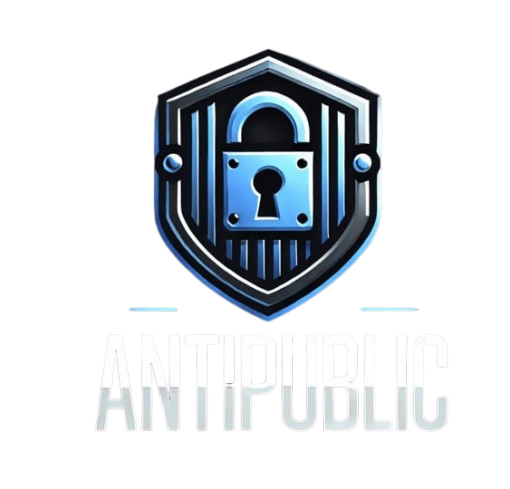In today’s digital world, the risk of a password leak is an ever-present concern. Data breaches occur frequently, and even the most cautious individuals may find their credentials exposed online. If you’ve discovered or suspect that your password was leaked, swift action is critical to protect your accounts and personal information.
Here’s a step-by-step guide to help you navigate this situation effectively:
1. Confirm the Leak
Before taking any action, ensure that your password has indeed been compromised. Use reliable tools such as Antipublic.net, a reputable and trustworthy platform designed to help users check if their email or login credentials have appeared in known data breaches. Exercise caution with suspicious websites claiming to verify leaks—always prioritize trusted sources.
2. Change the Password Immediately
If the leak is confirmed, change the password for the affected account immediately. Ensure the new password is strong, unique, and unrelated to your previous one. A strong password typically:
• Contains at least 12 characters.
• Includes a mix of uppercase, lowercase, numbers, and special symbols.
• Avoids easily guessed patterns or phrases (e.g., “12345” or “password”).
Using a password manager can simplify the process of creating and storing secure passwords.
3. Enable Two-Factor Authentication (2FA)
Two-factor authentication adds an extra layer of security to your accounts. Even if your password is compromised, 2FA requires an additional verification step, such as a code sent to your phone or generated by an app. Enable 2FA wherever it’s available to significantly reduce the risk of unauthorized access.
4. Review Account Activity
Check the recent activity on the affected account for signs of unauthorized access. Look for unfamiliar logins, changes to account settings, or transactions. If anything seems suspicious, report it to the service provider and follow their instructions for securing your account.
5. Update Other Accounts Using the Same Password
Reusing passwords across multiple accounts can amplify the damage of a single leak. If you’ve used the same password elsewhere, update those accounts with unique credentials immediately. This is especially critical for accounts tied to sensitive information, such as banking or email.
6. Monitor Your Personal Information
Stay vigilant for signs of identity theft or fraud. Regularly monitor your bank statements, credit reports, and other financial accounts. Consider setting up alerts for unusual activity or freezing your credit if necessary.
7. Stay Informed About Cybersecurity Best Practices
Prevent future leaks by adopting strong cybersecurity habits:
• Use a password manager to generate and store secure passwords.
• Avoid clicking on suspicious links or downloading unknown attachments.
• Regularly update software and devices to patch security vulnerabilities.
• Be cautious with public Wi-Fi and use a VPN for added security.
Conclusion
Discovering that your password was leaked can be stressful, but taking prompt and decisive action can minimize the risk to your accounts and personal information. By following these steps and adopting strong cybersecurity practices, you can safeguard your digital life against future threats.
Stay proactive, stay secure!
Published on 20 Dec 2024 by
Antipublic
Recent Posts
Big update database !
We heavy update and optimize database, that take about 5-7 d...
On Reports of an Alleged Data Breach Involving G-X...
The National Privacy Commission (NPC) urges the public to ex...
Gmail Passwords Confirmed Part Of 183 Million Acco...
Updated Oct. 27 with an official statement from Google regar...
‘Catastrophic’ attack as Russians hack files on EI...
Russian hackers have stolen hundreds of sensitive military d...
Physician Practices to Pay $50M to Settle Hack Law...
A California-based network of nine affiliated physician prac...
